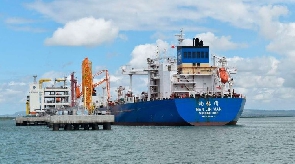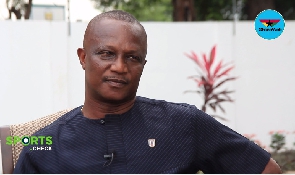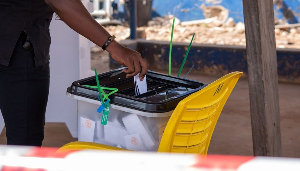East African economies are going through a fresh spike in fuel prices after Saudi Arabia and Russia agreed to extend by three months the removal of 1.3 million barrels of crude per day from the global market in a move that has seen crude price jump by 18 percent to $90 per barrel, the highest since November.
Last week, the global price for the benchmark Brent crude surged 18 percent in three months to $90.04 per barrel from $76.47 in June 5 following the announcement that is expected to fuel further inflationary pressures and hit households and motorists at the pump.
Saudi Arabia’s state-run press agency – Saudi Press Agency (SPA) – reported last week that the kingdom and Moscow had struck a new deal to extend the 1.3 million (bpd) voluntary oil production cuts through the end of the year to prop up the flagging prices and that Saudi would still monitor the market and could take further action if necessary.
Brent crude had largely traded between $75 and $85 a barrel since last October, according to the Associated Press.
Russia and Saudi Arabia are the leading members of the Organisation of Petroleum Exporting Countries (Opec) and its allies.
On August 3, Saudi had announced a decision to extend its oil production cuts which started in July to September prompting a more than two percent rise in global Brent oil prices to about $85.14 a barrel.
Its decision followed a resolution by other Opec+ producers in a meeting in Vienna to extend earlier production cuts of 1.15 million barrels per day through next year.
Opec had initially planned to executive production cuts from May to December to raise crude prices worldwide.
Russia, which had agreed in July to reduce production by 500,000 barrels a day, also decided to cut production by 300,000 barrels a day in September.
Opec decision
Oil supply cuts started in October last year when Opec and its allies, which produce about 40 percent of the world’s crude oil, disclosed it was cutting oil output by two million bpd.
In East Africa, Ugandans and Tanzanians are now being forced to spend more on fuel as prices keep rising, indicating both weak currencies and problematic global oil markets.
Last week, fuel prices in Kampala and surrounding areas hit the highest levels since November 2022, prompting pressure from the public for the government to offer solutions.
In Tanzania, from Wednesday last week, the citizens were paying higher for fuel, after the Energy and Water Utilities Regulatory Authority (Ewura) announced higher September prices from Tsh3,199 ($1.27) to Tsh3,213 ($1.28) per litre of petrol while diesel increased from Tsh2,668 ($1.06) to Tsh2,943 ($1.17) per litre.
Tanzania has seen a steady increase in the fuel prices since January when subsidies were removed. Authorities attribute the price increase to global trends, transportation costs and the falling value of shilling against the US dollar.
Uganda’s Ministry of Energy and Mineral Development on Monday warned that fuel prices were set to rise due to prevailing global supply shortages.
Currently, a litre of petrol stands at between Ush5,100 ($1.36) and Ush5,430 ($1.45), while most petrol stations are selling a litre of diesel at between Ush4, 999 ($1.34) and Ush5, 200 ($1.39).
Uganda prices
In a statement to Ugandan Parliament on Tuesday, the Minister of State for Energy, Sidronius Okaasai, attributed the rising fuel prices to the deepening Opec supply cuts, strong world oil demand and the seasonal impact of the summer in the West. Okaasai added that Uganda’s situation had been worsened by the foreign exchange fluctuations, but said the prices remain competitive at the EAC level.
According to Mike Mukula, an importer of fuel under Mahathi Infra Company, the policy shift in Kenya from open tender system to government-to-government credit supply chain downstream has cost implications in Uganda.
Uganda expects its own oil in 2025.
Kenya was forced to release a stabilisation fund to deal with a continual rise of prices but the government also increased VAT on fuel in July, from eight percent to 16 percent, sparking protests.
Kenya’s Energy and Petroleum Regulatory Authority is expected to announce new fuel prices for the September 15-October 14 cycle after leaving prices unchanged in the current review period (August 15 to September 14).
This is after the government opted to compensate oil markets from the Petroleum Development Levy to keep prices unchanged.
Click to view details



Africa Business News of Sunday, 10 September 2023
Source: theeastafrican.co.ke

















